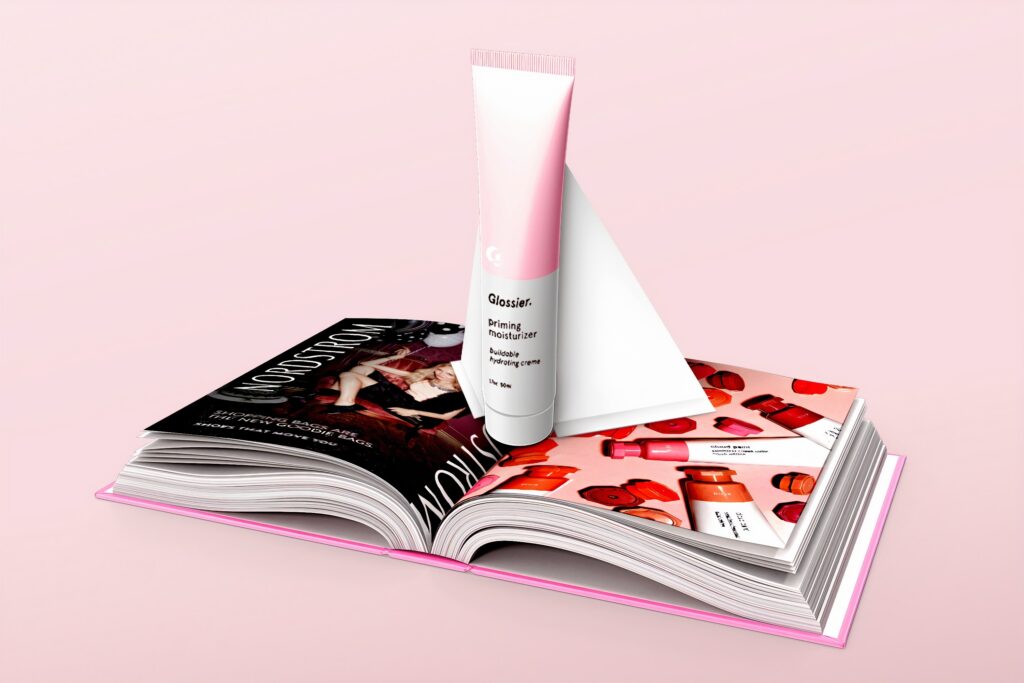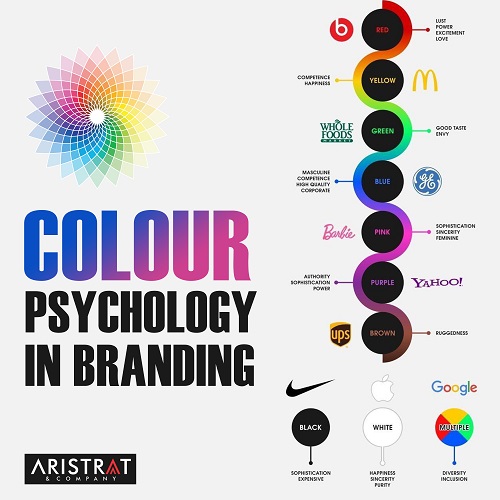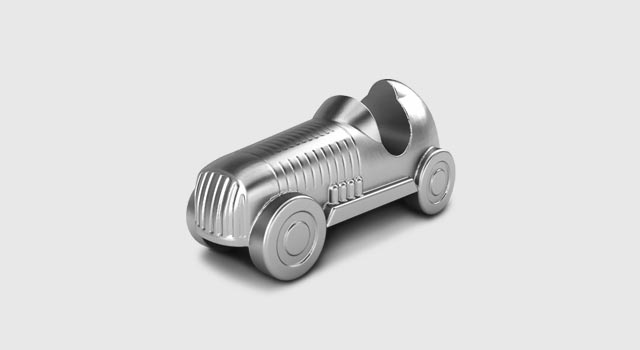4 Ways to Go About Branding On a Low Budget
Now before you roll your eyes at yet another post on branding, think about why there’s so much noise about it. About the existence of brand experts and agencies. Finally, think about the way companies like Apple, Nike, and other big guys rake in a lot of money because of how much effort they’ve put into their branding. What about Kim Kardashian? Her brand is doing a lot for her especially in this social media age. As a company, we believe in a comprehensive brand strategy and we’ve even written about it here. From consistent brand colors to a bold mission statement, the blueprint is set. So, what new thing could we possibly be bringing to the table?
Well, here’s the gist. We understand that not everyone can have their A-game set when it comes to branding. We all cannot go the way of Nike or Apple or even Amazon. Your company is most likely not half as big as these brands nor do you have the funds to pull off such branding efforts. So as the old saying goes, when the desirable is not available, the available becomes desirable. Consider this a guide to kickstarting a good branding campaign on a low budget. Let’s get to it already, shall we?
1. Go with bright colors: Companies like Facebook and even brands like Supreme play along with this rule in their logo designs, and you definitely should. For a moment, let’s forget other grand definitions of branding and focus on just one, which is to create brand familiarity. And one easy way to get yourself easily acquainted with someone is by creating warm vibes, right? By standing out. Hence the need for bright colors.
Now just a heads up, the fact that you’re being encouraged to go for bright colors doesn’t imply your brand should turn into a rainbow. Sometimes, you just need one or two distinct colors and that’s enough to capture the attention of anyone. Do you think we’re joking? Try this simple task: What’s the first brand you think of when you hear blue and white? How about red? The truth is that different brands might come up in your mind as different brands may be using a particular color but one or two will be the boldest.
Do you remember the brands with rainbow designs? Maybe, but not as much as you do for the ones with bold colors. Remember, the trick to play up those bold color(s) in your logo, business cards, and content.
Talking about content and brand familiarity, let’s move on to the next point.
2. Use social media first, save a website for later: okay, so before you go on about how websites are needed more than ever in these times, you should consider the cost of setting up and maintaining one. Now compare it to the ease of setting up a social media account for your business and relating with your audience with it. Good. So let’s do a little refresher course on the benefits of using social media for your business, shall we?
– it’s more personalized: websites are great for conversions but Dms are greater for conversations. As with all things super techy and automated, there’s that feeling of relating with a bot instead of a human being while on a site. You’ll hardly feel that way when communicating via DM. Relating to your target audience through the comment section alone is a great way of warming up and building a relationship with them. A DM is the icing on the cake here since you get to chat and even get more personal responses from your audience. This is unlike websites where you’re usually directed to FAQs and emails are usually employed, with that being the most personalized communication offered.
–social media allows you to flex your muscle at content creation: this applies to both personal branding and corporate branding. Blogs are cool for SEO and the likes, but nothing beats DIYs and short posts on your social media handles. This is especially when you are trying to save time for your audience while staying in touch with them. With the frequent updates on the different social media platforms, you can easily try your hands at different forms of content like videos, posts, pictures, and even polls. At what cost? The cost of paying for the data consumed.
This is what we mean by low cost and super effective.
PS: as you grow, you’ll need to move on to a responsive website to get the job done. But since you and your brand are most likely at the beginner stage, social media is a good place to start. Doing this and running ads regularly with the background work already done is a sure-fire way to grow your brand.
Next up, niching.
3. Niche down as much as possible: so I get the need for you or your brand to debunk the saying about a jack of all trades, master of none. But then, this might not be necessary if you don’t have the resources to walk the talk. How about you go only as far as your resources allow you to? A lazy approach yeah, inexpensive too but believe me, with high returns. The good thing about niching down this way is that you get to dedicate your efforts to creating content for a single purpose.
Okay, this might seem boring and you might think it’s hard for you to keep up doing just one thing, but think again. Will you rather dedicate your time and resources chasing one goal, doing it so well that you become an expert, or you’ll rather alternate between two or more niches, end up focusing more on one at the detriment of others and coming off as confusing to your audience? The answer is glaring my friend.
4. Collaborate with similar brands: collaboration in business is such a beautiful concept, it’s hard to understand why many brands shy away from it. I know there’s a need for you and your organization to stand out and be known for a particular thing, but the goal won’t necessarily be lost by collaborating with others. There are two ways to go about this.
– For Personal Branding: work with someone that does something similar to what you do. Let’s say if you’re trying to position yourself as a skincare expert, partner with someone like that too. You can come up with content together and share your knowledge but in the same vein, shows the audience that skincare is your niche. This way you both tap into each other’s audience and learn together. Plus you gain respect if you all manage to work together successfully. This type of collaboration doesn’t have to be just between two people, you can work with as many people as your strength permits.
– For Organizational Branding: You will need to be more careful so your baby brand doesn’t get swallowed up by the bigger shark, i.e the brand you’re teaming up with. So, the best way to go about this is not just to look for a brand with a niche similar to yours, but one with an uncompetitive audience. That way, you run your thing together but you still get to stand out.
For instance, if your brand makes haircare products, you can partner with a unisex hair salon, but then distinguish yourself by catering to the needs of just those with natural hair or any other group you like. This way, you didn’t go through the stress of seeking out the audience, you simply met them at the point of their needs. But then, it’s not always easy to enter into partnerships like this but the idea is to look for the slightest distinguishing factor when collaborating.
The beautiful thing about these ideas as you must have noticed is that it can be applied to both personal and corporate branding.
As an extra tip, when marketing as a new brand, influencer marketing will not be the best way to grow your brand and gain the trust of your audience. This is because, in certain spaces, influencer marketing is considered a dishonest way of marketing. Most times, influencers endorse brands without actually using them, so it’s just for the pay and the reviews are not real. So, in as much as you want to make sales with them, it can easily backfire and your brand will suffer from the backlash. Coupled with the fact that this is pretty expensive and you end up spending more than you budgeted for.
Remember. The four-point strategy includes:
– Use of bright colors
– Social media over the website while starting out
– Niching down as much as possible
– Brand collaboration
But I must add the fact that you’ll need to have a solid content plan and a good social media marketer for this to work. It might also involve you pulling in your weight but that’s a small price to pay for going the cheap way, right? Definitely.
We’ll like to hear from you, have you employed any of these strategies before? What other strategies have you used when going the inexpensive way while branding? Share with us in the comment section.
Written by Blessing Onyegbula



























